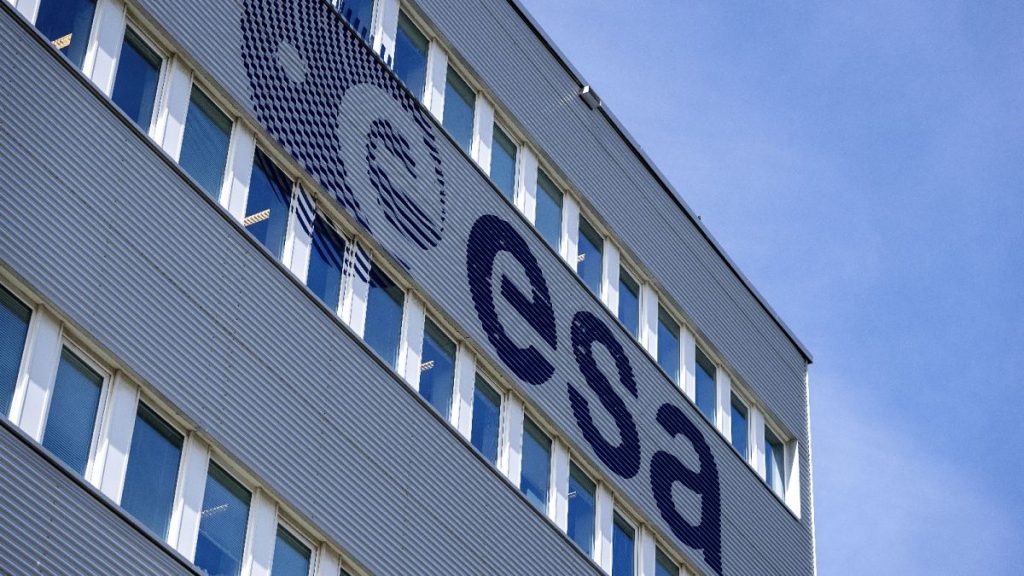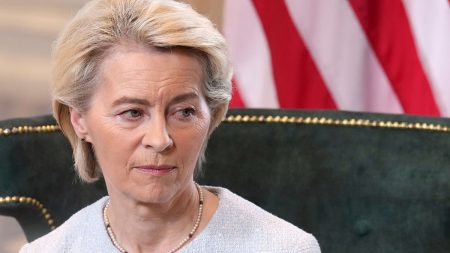The European Union has embarked on a significant endeavor to bolster its secure communication infrastructure through the development of IRIS², the Infrastructure for Resilience, Interconnectivity, and Security by Satellite. This ambitious project, slated for full operation by 2030, involves the deployment of a multi-orbital constellation of nearly 290 satellites, marking a paradigm shift in Europe’s approach to space-based communication and defense. The €11 billion initiative, a collaborative effort between the EU, the European Space Agency (ESA), and a consortium of private companies including SES SA, Eutelsat SA, and Hispasat S.A., aims to provide secure and resilient connectivity services for member states, governmental bodies, private enterprises, and citizens, addressing critical communication needs and bridging connectivity gaps across Europe and beyond.
IRIS² represents a strategic response to growing security concerns, including threats to existing communication infrastructure like underwater cables and the increasing prevalence of electronic warfare tactics. The initiative aims to reduce dependence on external providers during crises, ensuring continuous and reliable communication even in contested environments. The multi-orbital architecture, a key feature of the system, will incorporate satellites positioned at varying altitudes, from low Earth orbit (LEO) to medium Earth orbit (MEO). This layered approach will optimize performance and coverage, providing a level of redundancy and resilience crucial for maintaining essential communications in the face of potential disruptions.
The project’s funding is a combined effort, with €6 billion allocated from the EU budget (though only €2 billion is currently secured through 2027), €0.55 billion from ESA, and €4.1 billion from private investments. The development roadmap includes a year-long design phase, followed by development and validation through 2028. Deployment is scheduled to begin in 2029 utilizing Ariane 6 launchers, culminating in the commencement of services in 2030. While the full constellation is projected for 2030, a precursor program, GovSatcom, will leverage existing satellite capacity from five member states – France, Italy, Luxembourg, Greece, and Spain – to provide interim services starting in 2025 and gradually expanding through 2027.
The multi-orbital design of IRIS² is a defining aspect of its capabilities. With satellites distributed across different orbital planes and altitudes – approximately 18 in MEO (around 8,000 km), 264 in LEO (around 1,200 km), and 10 at varying altitudes between 450 and 750 km – the system will achieve performance equivalent to a much larger constellation operating at a single altitude. This distributed architecture enhances coverage, resilience, and inter-satellite communication, enabling efficient data relay back to three ground centers located in Luxembourg, France, and Italy. The global coverage offered by IRIS² will facilitate secure communication and data transfer regardless of geographical location.
Beyond serving the EU’s internal needs, IRIS² also opens avenues for international cooperation. Third countries can engage with the system either as paid customers for specific services or as full members, contributing financially and gaining access to the full range of capabilities. This collaborative approach extends the benefits of secure and resilient communication to a wider audience, fostering partnerships and strengthening global connectivity. Norway and Iceland have already received approval to participate, and expressions of interest have been received from countries including Japan, the Republic of Korea, and Australia, demonstrating the global appeal of the initiative. Several African nations are also anticipated to participate in some capacity.
The development and deployment of IRIS² signify a pivotal moment for the European Union, marking a significant investment in its future security and connectivity. This ambitious project not only strengthens the bloc’s defense capabilities and resilience against emerging threats but also fosters innovation within the European space industry and contributes to the broader global effort to enhance secure and reliable communication infrastructure. The collaborative approach, involving both public and private sectors and extending opportunities for international partnerships, positions IRIS² as a key component of Europe’s strategic vision for a more connected and secure future.














